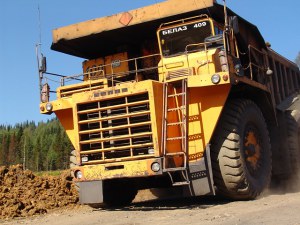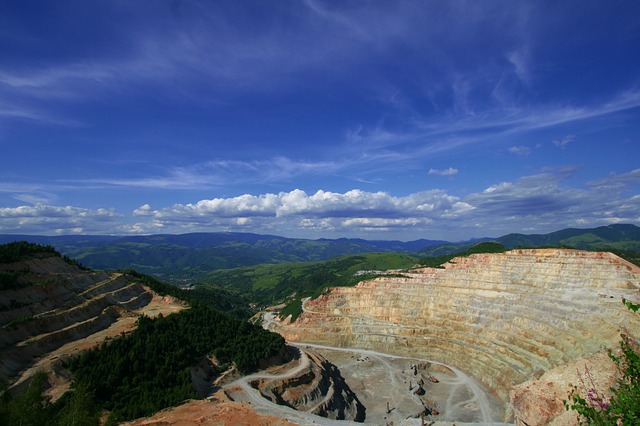History Of The Mining Town: Butte Montana
Mining Camp Days—
During the 1860s Butte started as a mining camp located in Silver Bow Creek Valley (also called Summit Valley), which is a natural bowl that sits high up in the Rocky Mountains and straddles the Continental Divide. These mines attracted workers from Mexico, Montenegro, China, Italy, Austria, Finland, Canada, Lebanon, and Wales, Ireland and Cornwall in the United Kingdom, as well as other countries. Gangs were formed by young men in ethnic neighborhoods in order to socialize and protect their territories. They include the Italian Meaderville, the Eastern European McQueen Addition, and the Irish Dublin Gulch.
Chinese Migrants Win—
Butte history tells us there were numerous Chinese workers that moved in as part of this wave of migrants and set their businesses up which led to a Chinatown being created in Butte. Chinese migrations were stopped in 1882 when the Chinese Exclusion Act was passed. During the 1870s and onwards, the anti-Chinese sentiment was prevalent due to the racism of white settlers, which the economic depression exacerbated. The labor unions and Chamber of Commerce started a boycott in 1895 of Chinese-owned businesses. These business owners sued the unions and won. The Mai Wah Museum documents the history of Butte's Chinese migrants.
Copper Kings—
Copper was in high demand during the late nineteenth century due to the new technologies like electric power requiring the use of copper. There were four industrial magnates that fought to control the mining wealth in Butte. The four "Copper Kings" were James A. Murray, F. Augustus Heinze, Marcus Daly, and William A. Clark. From 1884 to 1888, Clark built the Copper King Mansion in the city of Butte, and that became his second home after his New York City home. In 1899, he bought a small park called Columbia Gardens and developed into a comprehensive amusement park that featured a lake for canoeing and swimming, roller-coaster, and pavilion. The park expansion was intended by Clark to provide a place where families and children could escape the polluted air from Butte's mining industry.
Wealth Increases u0026amp; Labor Unions—
Considerable wealth had been generated by mining in Butte by the turn of the twentieth century, and and it was the biggest city at that time between San Francisco and Chicago. It was Montana's first city that had electricity that the mines needed; this power was generated hydroelectrically. The copper ore that was mined in 1910 in Butte's mining district added up to 284,000,000 pounds, which made it North America's largest copper producer, which only trailed South Africa in world metals production. That same year there was a 10,000,000 ounce excess of silver and 37,000 ounces of gold were discovered as well. The amount of ore that the city produced led to it being dubbed "The Richest Hill on Earth." The large miner workforce in Butte that was working in physically dangerous conditions, led to it becoming the site of very active labor union movements, which came to be called "the Gibraltar of Unionism."
Copper production in the Butte mines peaked in 1917 and thereafter started to steadily decline. Copper production from the Chuquicamata, Chile ACM holdings by World War II, far exceeded the production in Butte. This was examined by historian Janet Finn as ACM's two mining towns of Chuquicamata and Butte.
Major Developments—
There have been five major developments in Butte MT that have occurred since the 1950s: the decision of Anaconda to start open-pit mining during the mid-1950s; several fires that occurred in the business district of Butte during the 1970s; the debate over whether or not to relocate the historic business district in the city; new civic leadership; and in 1983 the ending of copper mining. Butte responded by looking for different ways to provide employment and diversify its economy. For example, the legacy of more than a century's worth of environmental degradation did produce some jobs. Butte, which is a Superfund designated site, has employed hundreds of individuals in environmental cleanup.
Berkeley Pit—
In 1954 Anaconda Copper opened the Berkeley Pit. At this time, it was the biggest U.S. open pit truck-operated copper mine. In 1983, Anaconda stopped mining at its Continental Pit. The property was purchased by Montana Resources LLP and in 1986 the Pit was reopened. In 2000 the company stopped its mining, but in 2003 resumed due to higher metal prices, and at last report employs 346 individuals.
Environment and Economy—
A century following the intensive smelting and mining era, the area around Butte is still an environmental problem. Clean-up efforts and environmental research have contributed to the local economy's diversification, and there are still signs of vitality, which includes a multimillion-dollar poly-silicon manufacturing facility located during the 1990s and the designation and recognition of the city as an All-America City during the late 90s. In 2002 Butte was named as one of the Dozen Distinction Destinations by the National Trust for Historic Preservation.


